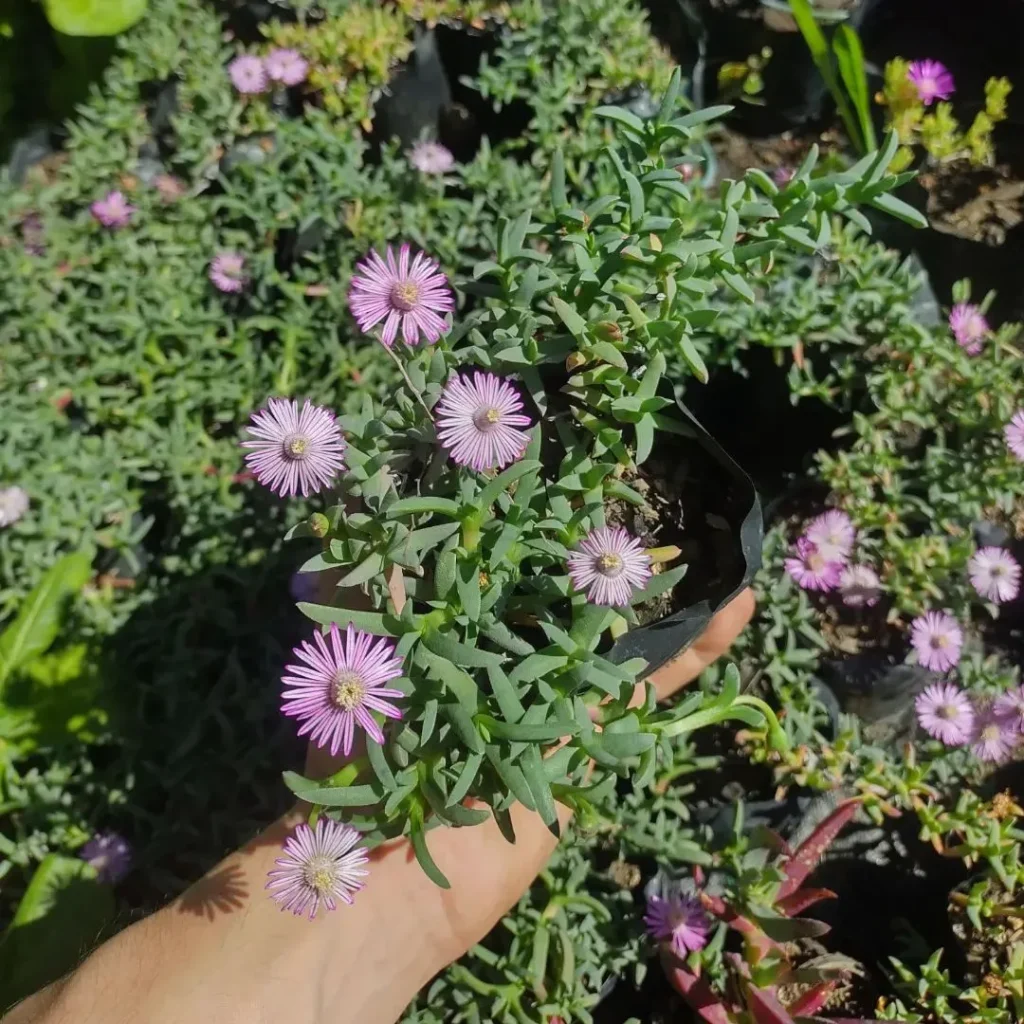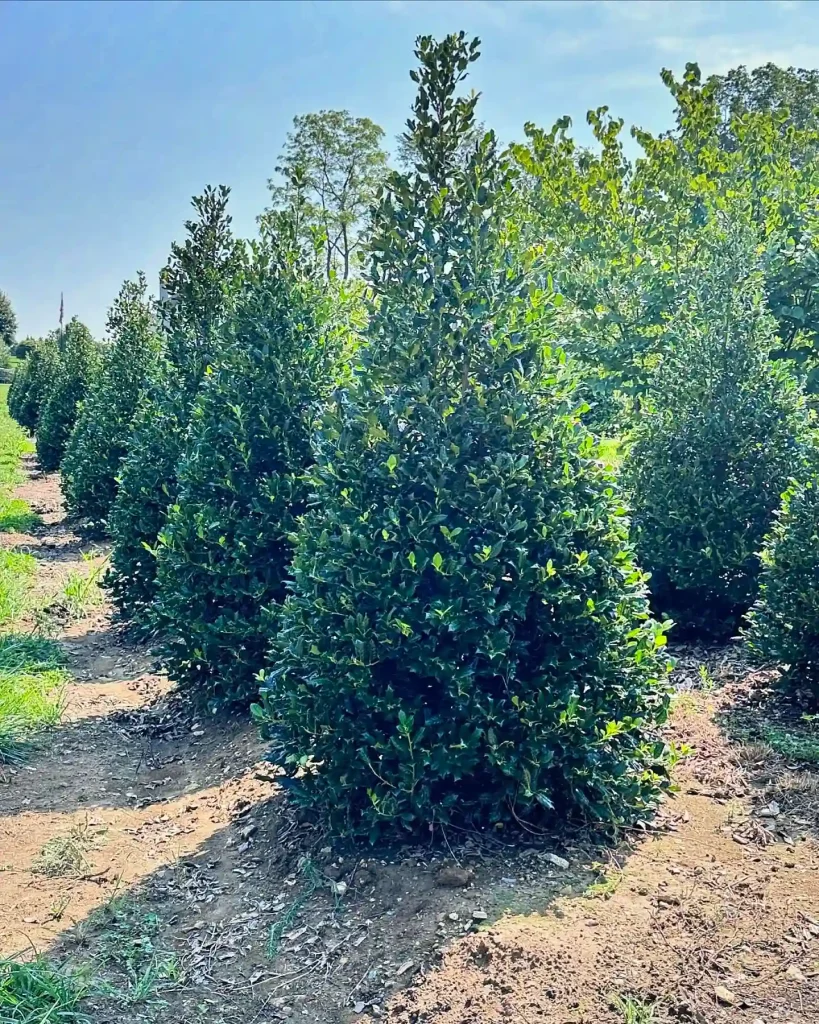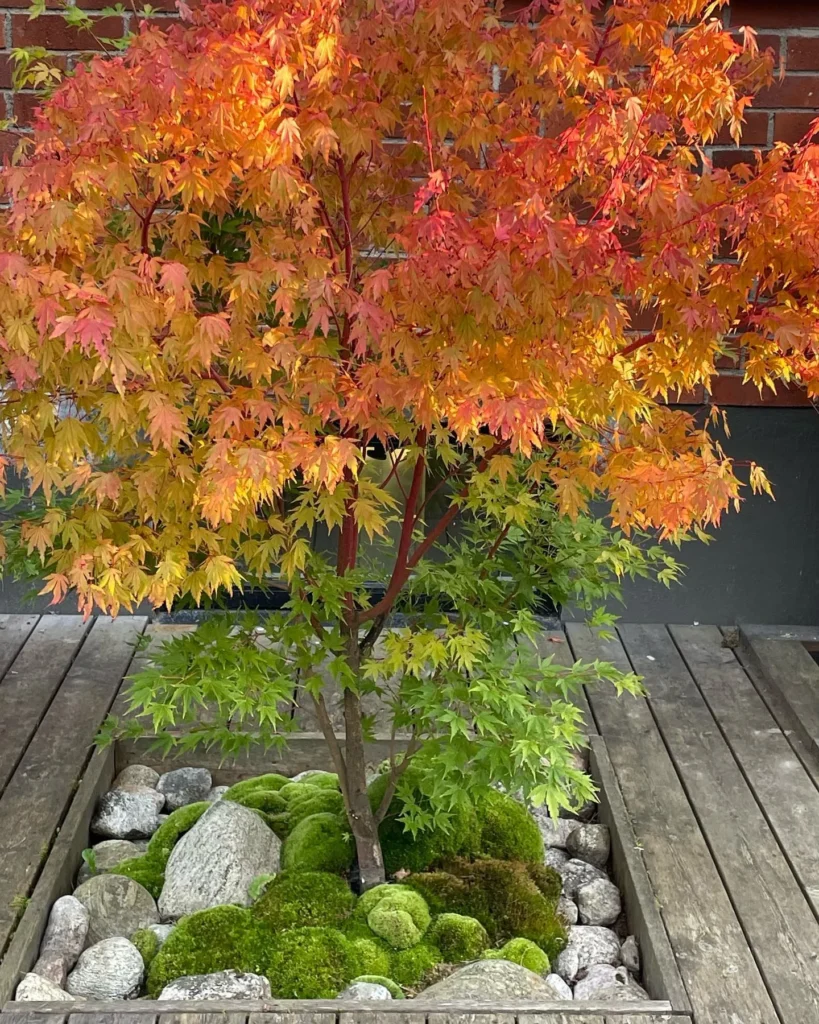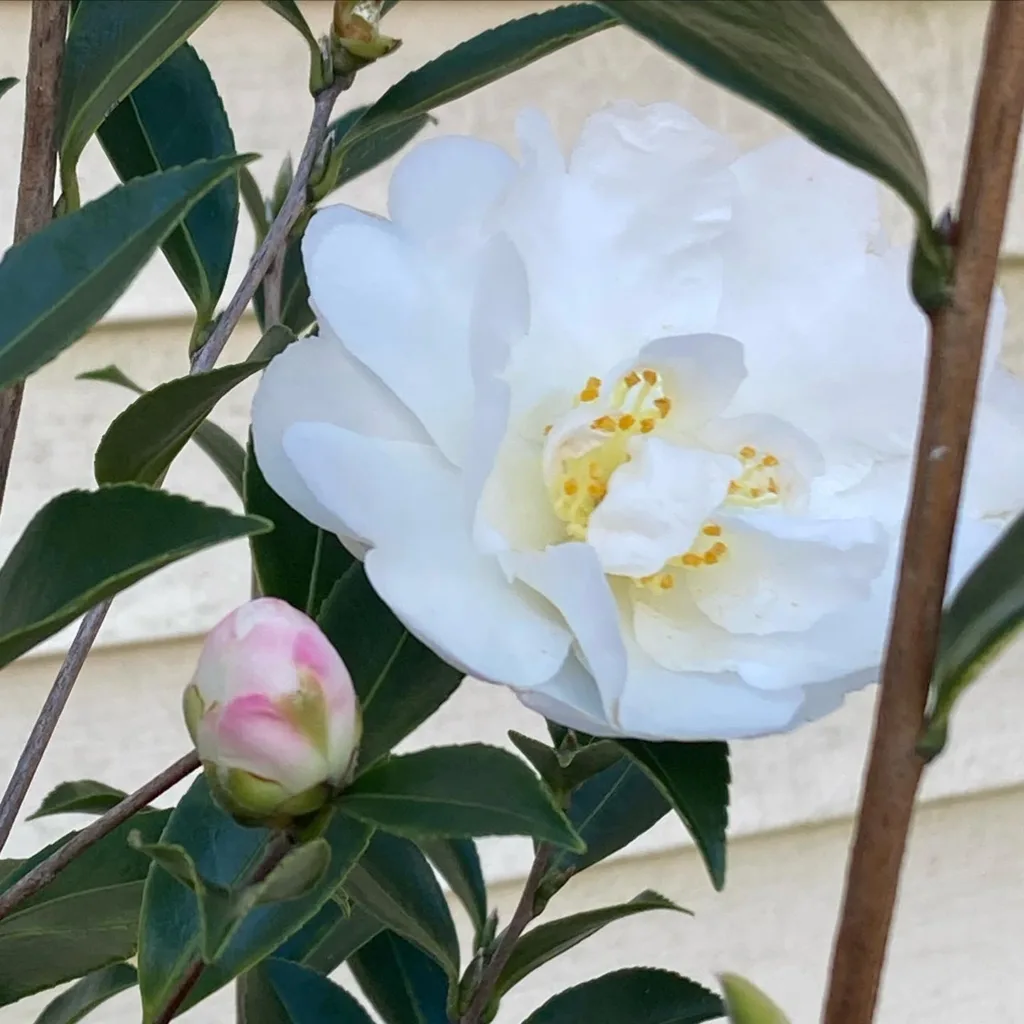The Stubborn Little Storksbill: My Battle with Erodium Cicutarium
For years, I’ve been waging a war in my garden against a seemingly unassuming little plant: Erodium cicutarium, also known as common stork’s-bill, redstem filaree, or simply pinweed. Don’t be fooled by its delicate appearance – this little invader can be a real nuisance. But before I delve into my eradication tactics, let’s get to know this persistent weed a little better.
127 Species in Genus Erodium
Where is Erodium cicutarium native habitat?
The common stork’s-bill isn’t originally from my neck of the woods. It hails from a region spanning Macaronesia, temperate Eurasia, and north and northeast Africa. It thrives in sunny, well-drained areas, which unfortunately describes most of my garden beds!
Erodium Cicutarium Leaves vs Texanum
I’ve found that Erodium cicutarium has a delicate, finely cut leaf texture that reminds me of a lacework pattern, while the Erodium texanum’s leaves are more rounded and sturdy, giving a fuller, more robust appearance.
Where are Erodium cicutarium most common?
Since its introduction to other parts of the world, Erodium cicutarium has become quite the unwelcome guest. It’s particularly common in disturbed areas like roadsides, grasslands, fields, and even semi-desert regions. Here in my place, it’s a familiar sight along roads and popping up in unsuspecting gardens like mine.
Where is Erodium cicutarium problems resulting from its invasion?
The problem with Erodium cicutarium lies in its aggressive nature. It spreads like wildfire, thanks to its long, needle-like seeds that readily cling to fur and clothing. This allows the plant to hitch a ride on animals and unsuspecting gardeners, establishing itself in new territories. Once settled, it forms dense mats, choking out native plants and disrupting the natural ecosystem.
How does the Erodium cicutarium affect the environment?
The impact of Erodium cicutarium goes beyond aesthetics. Its dense growth shades out native wildflowers and grasses, reducing food sources and habitat for pollinators like butterflies and bees. It also disrupts the natural balance of soil nutrients, making it harder for native plants to thrive.
How to prevent Erodium cicutarium?
Prevention, as they say, is always better than cure. Here are some ways to keep Erodium cicutarium at bay:
- Maintain a healthy garden: Densely planted beds with a healthy mix of native plants leave less room for weeds to establish themselves.
- Mulch heavily: A thick layer of mulch around your desired plants helps suppress weed growth, including Erodium cicutarium.
- Clean your tools and clothes: After working in areas with Erodium cicutarium, be sure to clean your tools and clothes to prevent accidentally spreading seeds.
How to get rid of Erodium cicutarium?
If prevention hasn’t worked and you find yourself battling established Erodium cicutarium, don’t despair! Here are some methods for eradication:
- Hand-pulling: For small infestations, the simplest approach is to hand-pull the plants. Be sure to remove the entire root system to prevent regrowth.
- Early removal is key: The younger the Erodium cicutarium, the easier it is to remove. Don’t wait until they flower and set seed!
- Be persistent: You might need to repeat the pulling process several times throughout the season to fully deplete the seed bank in the soil.
How to kill Filaree Erodium cicutarium?
While hand-pulling is effective for small patches, larger infestations might require a more aggressive approach. However, be cautious with herbicides, as they can harm desirable plants as well.
- Spot treatment: If using herbicide is unavoidable, opt for a selective herbicide and apply it directly to the Erodium cicutarium plants, avoiding contact with your desired flora.
- Organic options: Some gardeners swear by using boiling water or concentrated vinegar to kill unwanted weeds. While these methods can be effective, they require careful application and might not be suitable for all situations.
Important Note: Always follow the instructions on any herbicide you choose to use, and prioritize the safety of yourself and your environment.
The Final Stalk
My battle with Erodium cicutarium is an ongoing one. But by understanding its habits and implementing a combination of preventive measures and control methods, I’m slowly winning back my garden. Remember, persistence is key! So, the next time you see this stubborn little plant invading your space, don’t give up – with a little know-how and effort, you can reclaim your garden paradise.
If i die, water my plants!



